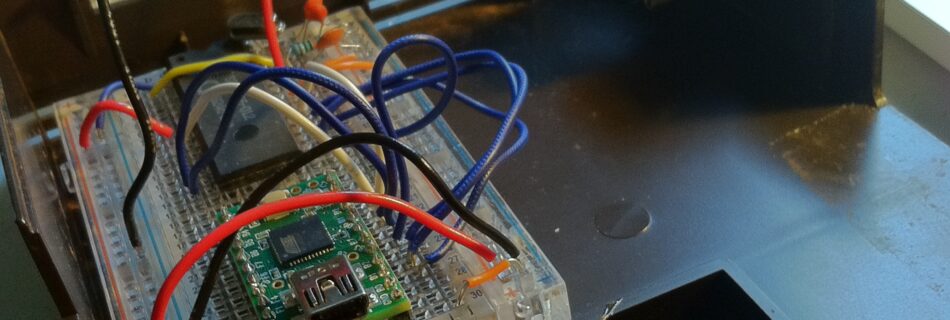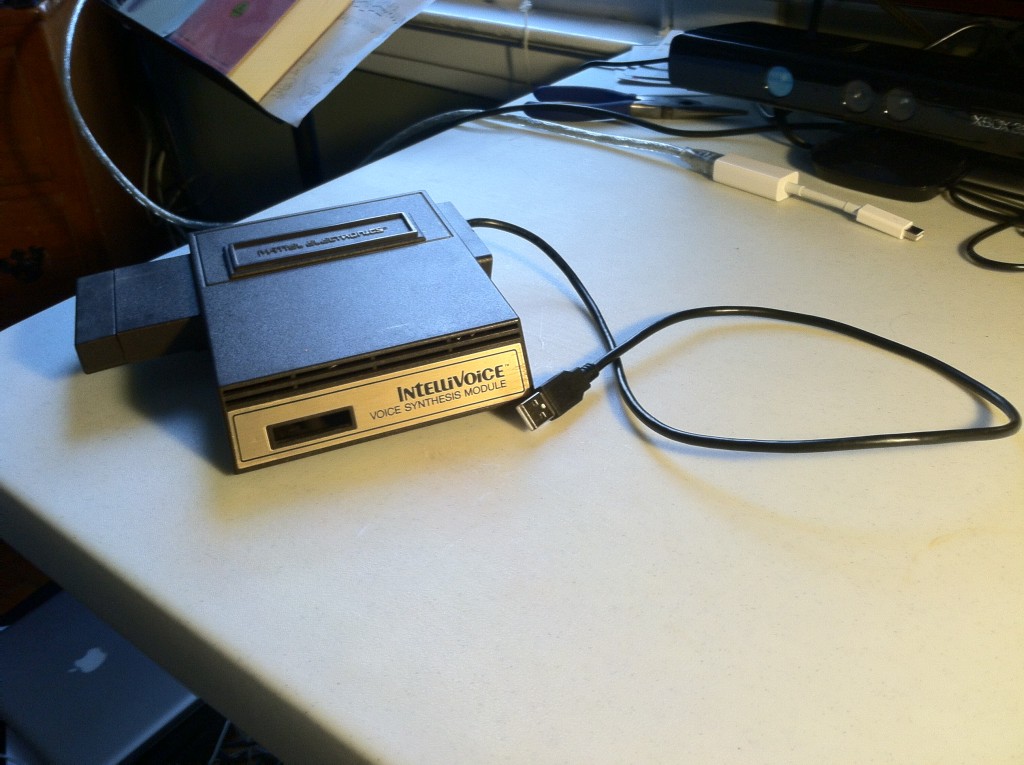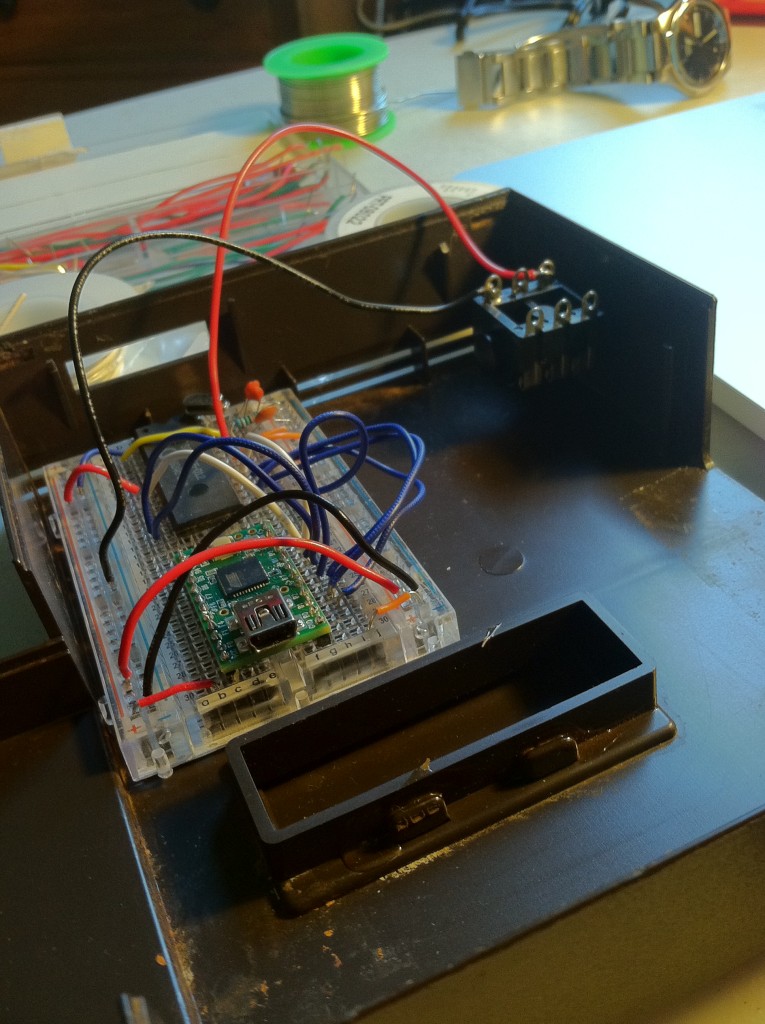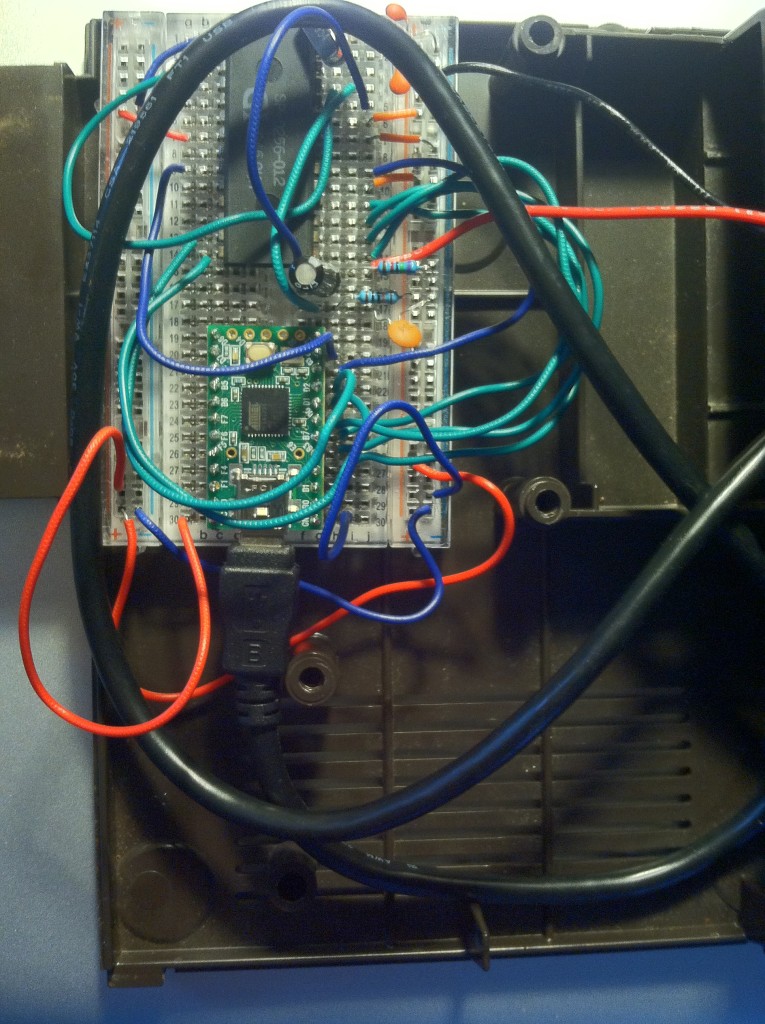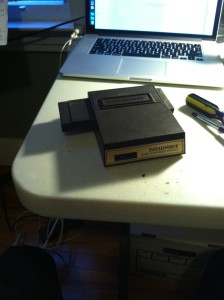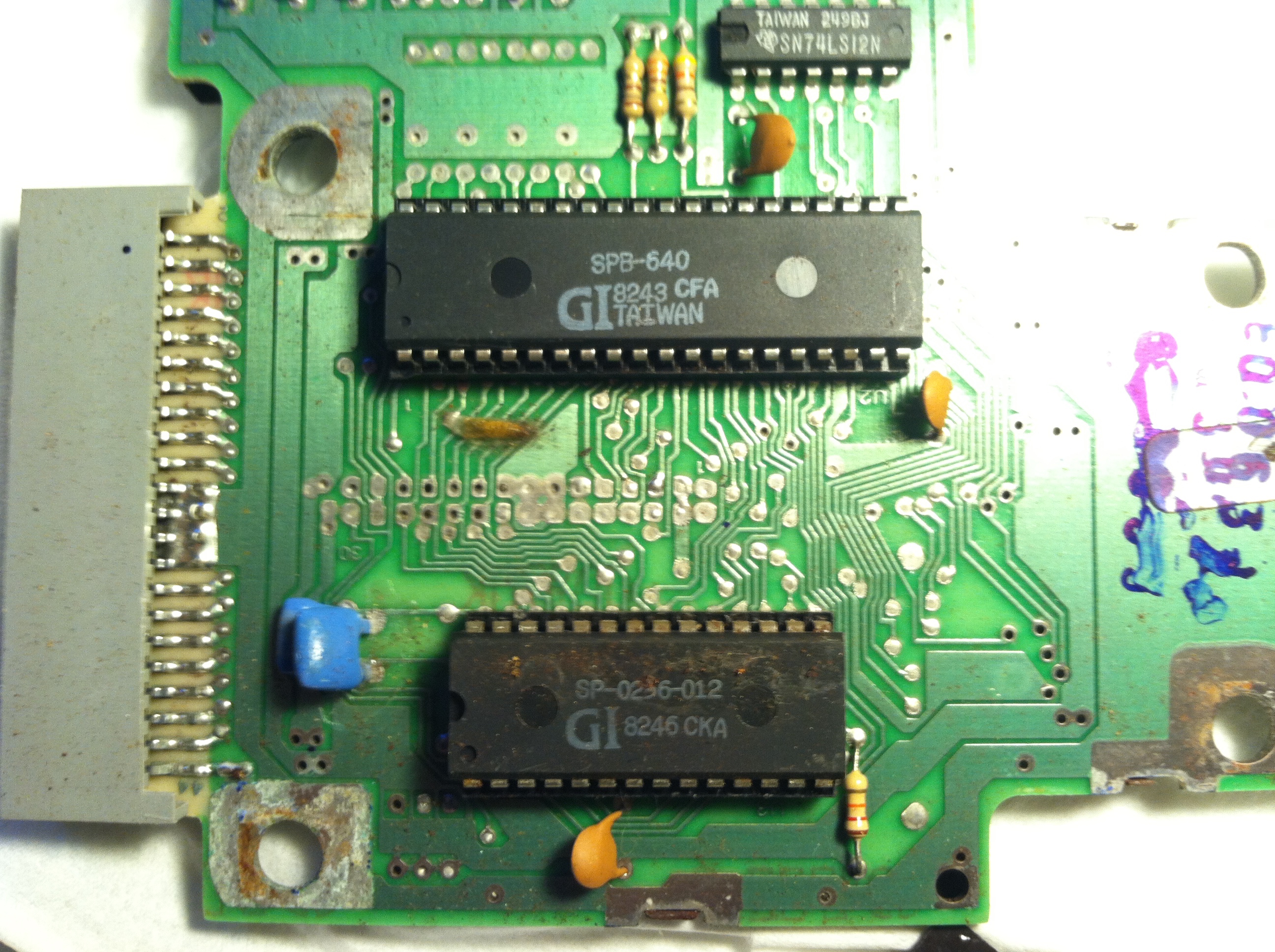Can you build a stereo analog distortion box for just $2? Yes, you can! What does it sound like? Well, you’ll need to watch the video for that.
In this video, I put together a simple passive DIY distortion circuit using just 4 diodes, 4 wires, and 4 audio jacks—all dirt cheap but surprisingly effective. This little box works by clipping taking advantage of the diodes’ forward voltage to clip the signal, a classic analog distortion method found in everything from guitar pedals to vintage studio gear. It’s cheap, it’s basic, but listen and see if this might add that grit and warmth that you’re looking for (and, if not, you’d only be out $2).
🎛️ Tools & Materials Used:
* 4x Diodes (1N4148)
* 4x 3.5mm Audio Jacks
* 4x Wires
* Small Enclosure
* Soldering Iron & Solder
* Drill
More creative electronics videos here:
